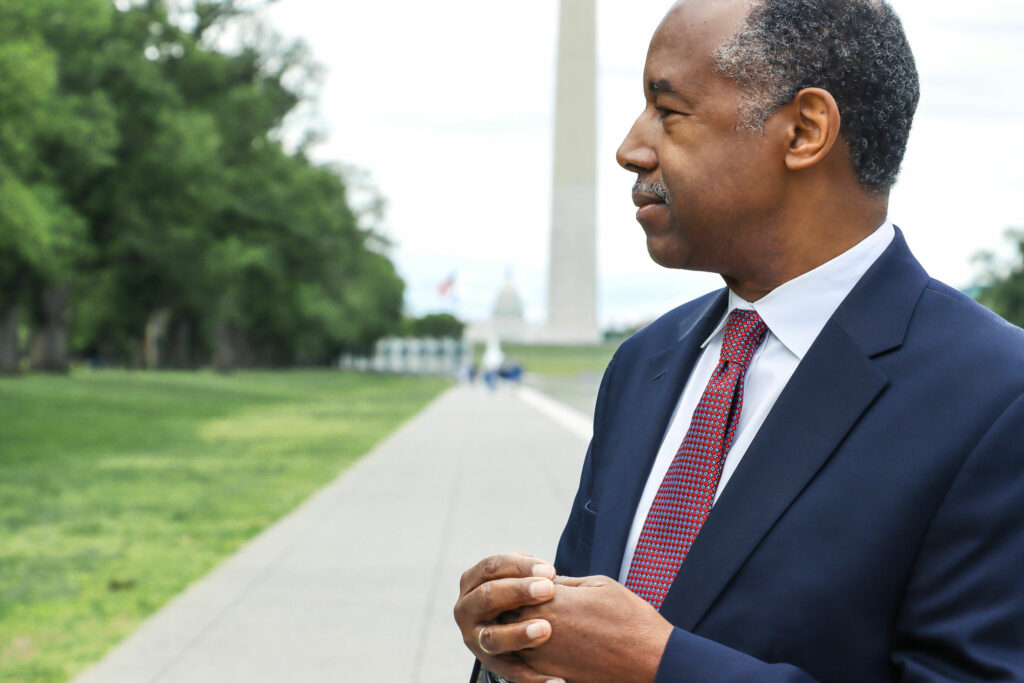 The student loan debt crisis plays a significant role in American political discourse today, amplified by the recent Supreme Court ruling that struck down the Biden administration’s overreaching student debt forgiveness plan and subsequently proposed workarounds.
The student loan debt crisis plays a significant role in American political discourse today, amplified by the recent Supreme Court ruling that struck down the Biden administration’s overreaching student debt forgiveness plan and subsequently proposed workarounds. Undoubtedly, student loan debt in America is a problem: today, 43.6 million borrowers hold a cumulative $1.774 trillion in student loan debt, with an average balance of around $40,000 per debtor. Of that $1.774 trillion of debt, roughly $1.644 trillion is held by the federal government, which amounts to 92 percent of all student loan debt in the United States.
However, by attempting to “cancel” student debt—which really means making the middle class bail out the children of the wealthy—the Biden Administration is taking exactly the wrong approach. According to Pew Research, only about 38 percent of American adults have a bachelor’s degree. Furthermore, 46 percent of student loan debt belongs to graduate students—or individuals who voluntarily decided to continue their education.
Advocates of student loan forgiveness often claim that student loan debt should be forgiven because this debt will eventually increase productivity in the economic sphere. However, that raises the question: Why should student loan debt in particular be forgiven when compared to other sorts of debt? For instance, why not a business loan? Or a car loan? Forgiving these debts would have the same effects as forgiving student loan debt, and be even more advantageous because these debts stimulate the economy and drive both productivity and innovation. Moreover, this sort of debt would be more equitably distributed throughout the economy and more accessible to the lower and middle classes rather than just a wealth redistribution scheme from the poor to the rich.
Americans would rightly wonder why some should foot the bill for another’s debt from a business loan or auto loan; they took out the debt, they reaped the benefit, and they should pay it back. It offends our sense of justice and the concept of private property on the whole to think otherwise. Why would this not be the same for student loan debt?
Nonetheless, conservatives would do well to address the student loan debt crisis in a way that fixes the problems at hand. First, the federal government should get out of the student loan business. By entering the student loan market and guaranteeing 90+ percent of student loans, the federal government distorts the pricing system and mechanisms of the free market. With freely available loans, far too many students are taking out debt to enter careers that might not make financial sense—or, at the very least, do not afford them a salary that will enable them to pay off their student loans. Subsequently, with the promise of guaranteed loans, college tuition costs have skyrocketed over the last 45 years. According to one Georgetown report, college costs have increased by 169 percent since 1980, while pay for young workers has risen by just 19 percent over that same period.
But if the federal government is going to remain in the business of loans, then it should follow underwriting standards. In other words, the government should have to determine who is a creditworthy student when offering a loan—someone who is “low risk” would be acquiring marketable skills after graduation, such as a pharmacist or nurse. This determination would be easily determined based on historical data the schools already keep as part of their accreditation standards. This serves an economic purpose and a national interest in promoting some careers over others, particularly those that promote the economic well-being of the nation and the individual.
Furthermore, making student loan debt dischargeable in bankruptcy could help incentivize these underwriting standards. As things currently stand, student loan debt is one of the only types of debt that cannot be discharged when an individual enters bankruptcy. If student loan debt—like most other debt—was dischargeable, lenders might better ensure that the education they invest in will pay off in the long run.
Other proposals from conservative leaders include moving to cap administrative expenses and other bureaucratic costs at public universities. According to U.S. News and World Report, spending on actual instruction in colleges is down, while spending on administrative costs has risen to 22.9 percent of total expenditures at public colleges and universities. By capping these exploding costs and focusing on actual instruction, colleges could lower their tuition costs and remove much of the overtly left-wing DEI bureaucracy that has been expanding throughout college campuses.
One final idea that conservatives can consider is taxing the endowment funds of American universities to help pay off student debt. Colleges have amassed enormous wealth subsidized by the American taxpayer, and many are sitting on endowments in the tens of billions of dollars. It certainly makes more sense for the colleges themselves, rather than the taxpayers, to front the costs of the student loan crisis.
As things currently stand, the American university system is a breeding ground of anti-American sentiment and racial discrimination under the guise of “affirmative action.” The current system turns students into activists, all while teaching them to hate our country. The states have considerable powers to reign in their colleges and universities, and conservatives should harness their authority to reorient our colleges and universities to their proper mission: preparing students to live as healthy, productive members of society—not political activists looking to dump their debt on others.
